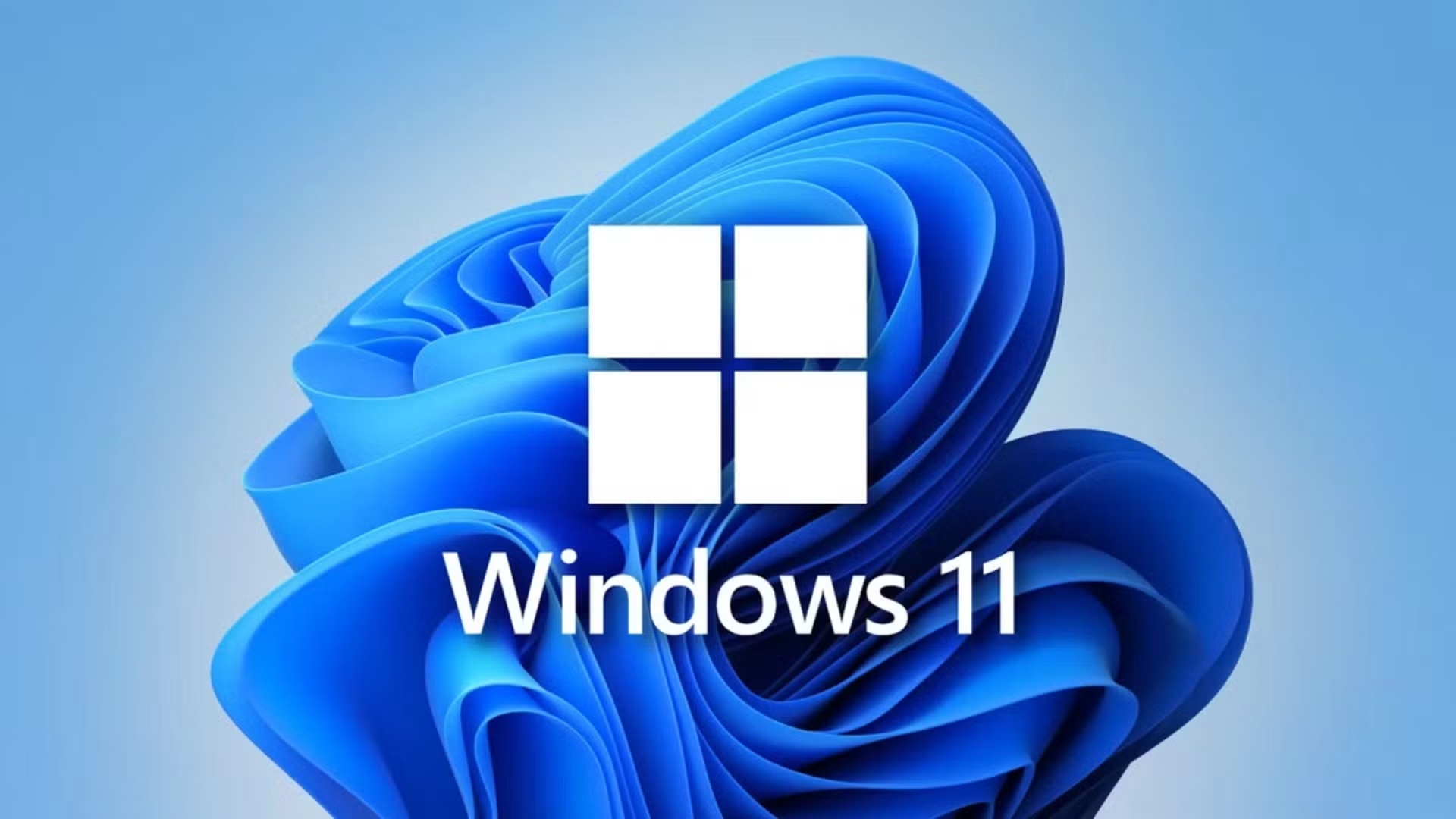Microsoft's Family Safety Bug: An Accidental Blockade on Third-Party Browsers
This isn't just a minor inconvenience for a handful of users. Reports have been trickling in since early June, and Microsoft finally acknowledged the issue just yesterday, on June 26th. For families relying on these controls, it's a significant disruption. Imagine trying to get your kid to do their online homework, and Chrome simply won't open. Frustrating, to say the least.
Unpacking the Glitch: What's Really Going On?
At its core, Microsoft Family Safety is a robust suite of parental controls designed to help parents manage screen time, filter content, and monitor activity across Windows, Xbox, and Android devices. It's meant to be a helpful tool, providing peace of mind by allowing parents to set limits and ensure a safer online environment for their children. But even the best intentions can go awry when a bug creeps into the system.
The Mechanism of the Misstep
.exe file it's otherwise perfectly capable of running.This isn't some obscure, rarely used feature either. Family Safety is pretty widely adopted by parents who want to keep tabs on their kids' digital lives. So, when something this fundamental breaks, it impacts a lot of people. And it’s not a regional thing; this bug is affecting Windows users globally.
The Ripple Effect: Beyond Just a Browser Block
While the immediate impact is obvious—users can't use their preferred browser—the implications stretch further. This isn't just about convenience; it touches on user trust, system reliability, and even the perception of Microsoft's commitment to an open ecosystem.
User Experience and Trust Erosion
For families, this bug is a genuine headache. Parents set up these controls for a reason, and when the system malfunctions in such a basic way, it undermines their efforts. It forces them to either find clunky workarounds (some users have reported temporary fixes by updating browsers, but that's not a universal solution) or, worse, disable the very safety features they rely on. That's a tough choice to make.
And let's be honest, incidents like this chip away at user trust. We expect core operating system features, especially those related to security and parental control, to be rock-solid. When they're not, it raises questions about quality assurance and testing protocols at a company of Microsoft's stature.
The Optics: Accidental or Intentional?
Now, I'm not suggesting this was intentional. Microsoft has confirmed it's a bug, and I believe them. But the optics aren't great, are they? This incident, whether accidental or not, plays right into the long-standing narrative that Windows sometimes subtly (or not-so-subtly) favors its own products, like Microsoft Edge, over third-party alternatives. We've seen this dance before, with default browser settings and various prompts. So, even if this is a pure coding error, it's easy for some to view it through a more cynical lens. It's an unfortunate coincidence, to say the least.
Microsoft's Response and the Path Forward
The good news, if there is any, is that Microsoft has acknowledged the bug. That's always the first, crucial step. They've confirmed they're actively working on a fix. The less good news? There's no specific timeline for when that fix will arrive. For affected users, that's a frustrating wait.
The tech community, as you'd expect, has been vocal. Social media is rife with users expressing their frustration, and tech experts are pointing out the irony of a parental control feature inadvertently blocking access to the very tools kids need for education and general browsing. It underscores the critical need for rigorous testing, especially for components that interact deeply with the operating system's core functionalities and user permissions.
Lessons from the Bug
This whole situation serves as a stark reminder of a few things. First, software development is incredibly complex, and even the biggest companies can stumble. Bugs happen. But when they impact fundamental user interactions, particularly within a service designed for safety and control, the stakes are higher.
Second, it highlights the delicate balance developers must strike when implementing features that restrict or manage user access. The goal is to empower users (or parents, in this case) with control, not to create unintended barriers. This incident, while a bug, inadvertently shines a light on the potential vulnerabilities within such systems. It prompts a broader discussion on security and privacy within parental control frameworks.
Ultimately, the community awaits a prompt resolution. Restoring functionality and rebuilding any lost trust will be key. For now, if you're a parent using Family Safety and your kids can't open Chrome, you're not alone. And hopefully, a proper fix is just around the corner.
